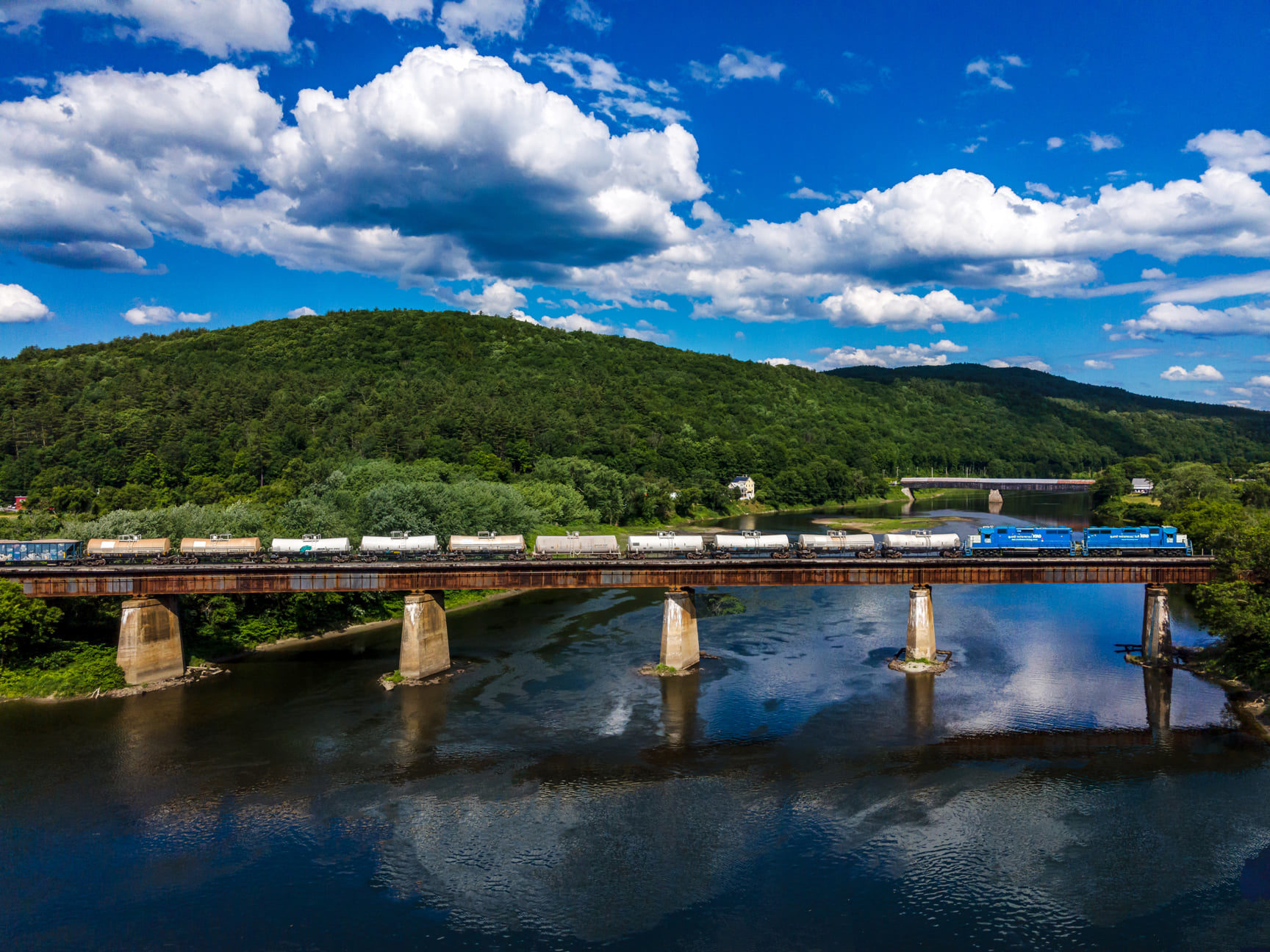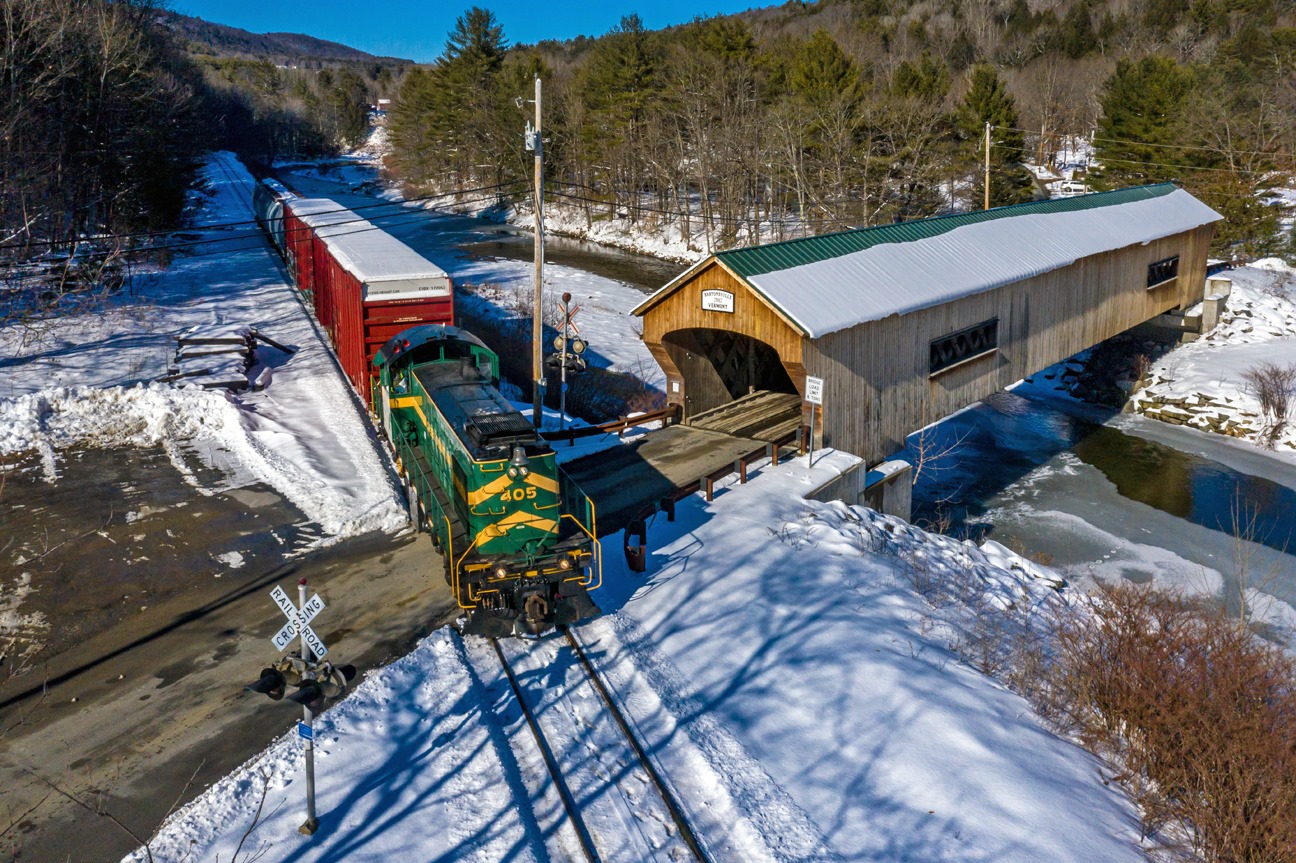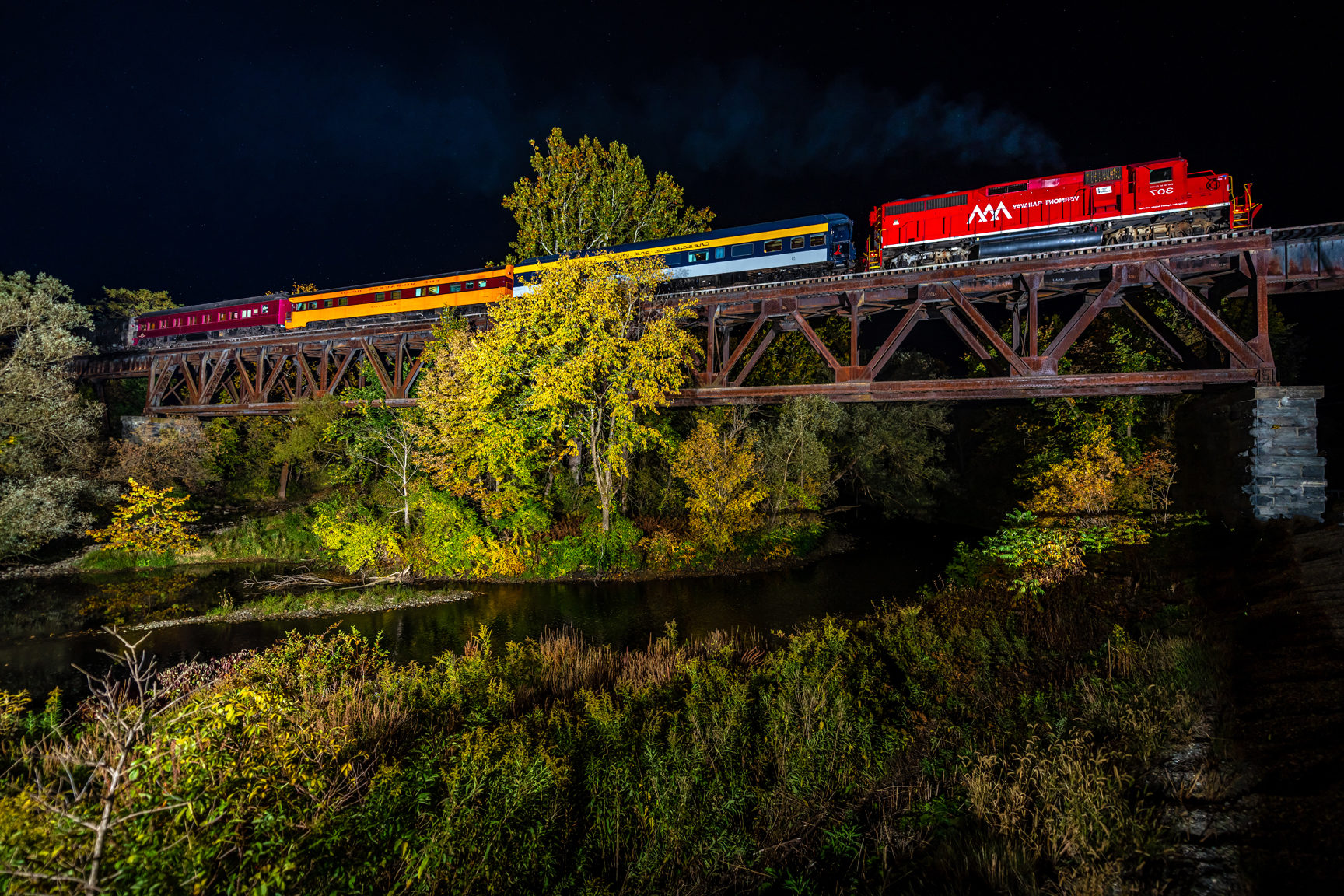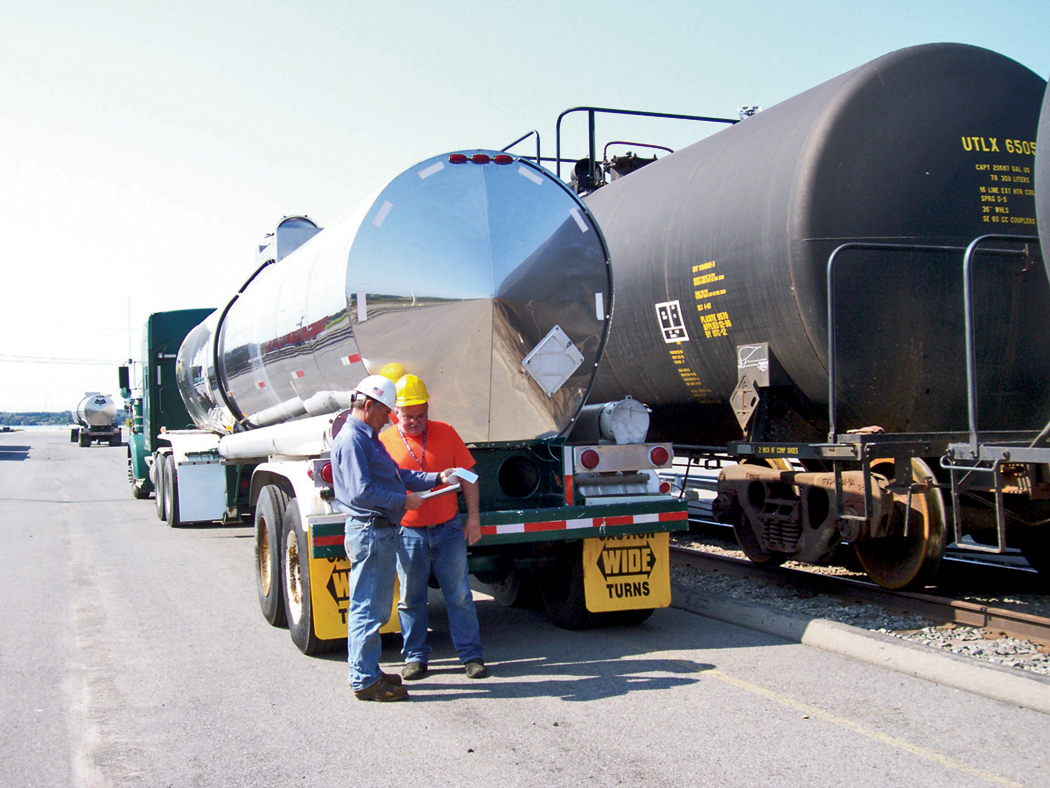
IN AN EMERGENCY OR IF YOU SEE WHAT MAY BE UNSAFE SITUATION, PLEASE CALL OUR EMERGENCY DISPATCH AT 877-565-8133.
First Responders
As part of our commitment to keeping our community safe, we provide free Hazmat Training, and training for First Responders with departments along our rail lines.

Operation Lifesaver
Operation Lifesaver Inc. (OLI) is a non-profit, international continuing public education program that is committed to reducing rail/highway crossing incidents and educating people of all ages about rail safety.
The Vermont Rail System employs Operation Lifesaver trained and certified speakers who provide free presentations for classrooms, employers, and first responders of all age groups to help increase public safety and awareness around railroad tracks and equipment. Please get in touch to request your presentation.
Drivers Ed Classes, Trucking Companies, Kindergarten Classrooms, Fire, Police & Emergency Stations, Photographers

Get Educated Train Safety Rules
- SEE TRACKS THINK TRAIN – trains don’t have set schedules, always expect a train at any time.
- STAY OFF STAY AWAY STAY ALIVE
- Railroad Property is PRIVATE property. Never walk on tracks; it’s illegal trespass and highly dangerous. It takes the average freight train traveling at 55 mph more than a mile—the length of 18 football fields—to stop. Trains cannot stop quickly enough to avoid a collision.
- The average locomotive weighs about 300,000 pounds or 150 tons; a train can weigh 10,000 tons or more. This makes the weight ratio of a car to a train proportional to that of a soda can to a car. We all know what happens to a soda can hit by a car.
- Trains have the right of way 100% of the time over emergency vehicles, cars, the police and pedestrians.
- Remember to cross train tracks ONLY at designated pedestrian or roadway crossings, and obey all warning signs and signals posted there.
Quiet Zones
Minimum warning device requirements for public crossings designated as Quiet Zones include flashing light signals with gates, constant warning time train detection circuitry, and power-off indicators visible to the train crew. In addition, crossings in Quiet Zones typically require additional safety improvements such as gates with channelization or medians, four-quadrant gates, one-way streets, and crossing closures. Only public agencies are able to establish a Quiet Zone. The Federal Railroad Administration (FRA) has set regulations governing how Quiet Zones may be sought and implemented. More information on Quiet Zones can be found on the FRA’s web site at https://www.fra.dot.gov/Page/P0889
The routine sounding of the train horn is eliminated by the Quiet Zone. However, the horn may be sounded at any time by the locomotive engineer for safety reasons.

Hazardous Materials
The VRS requires its operating employees to go through Hazmat training with our specialists on a yearly basis to ensure safe shipping and handling of hazardous materials through the communities in which we operate. The VRS also works with the national guard and local response teams to provide high quality safety training for hazardous materials. We provide daily reporting to the Vermont Emergency Response Commission.

